
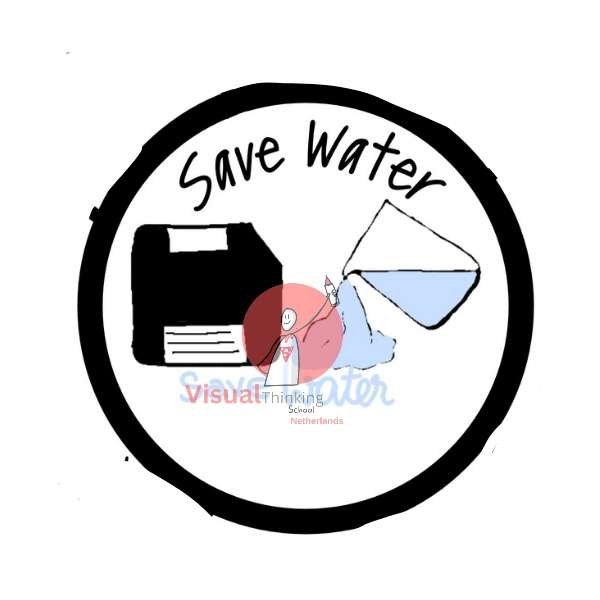
Water is one of our most precious resources, and yet, it’s often taken for granted. With increasing population and climate change, water scarcity is becoming a significant global issue. The image provided offers practical tips on how to conserve water in our daily lives. By implementing these small changes, we can make a big impact on preserving this vital resource. Let’s explore each tip in detail.
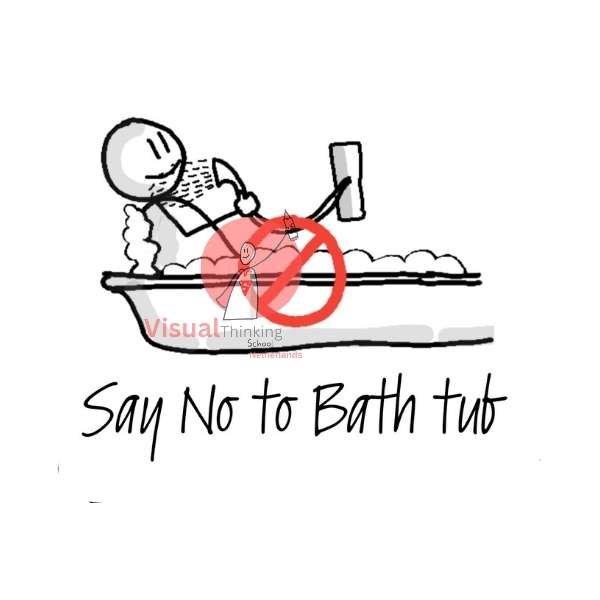
Bathing in a bathtub can use up to 70 gallons of water, whereas a five-minute shower uses only about 10 to 25 gallons. By opting for showers instead of baths, we can significantly reduce our water consumption.
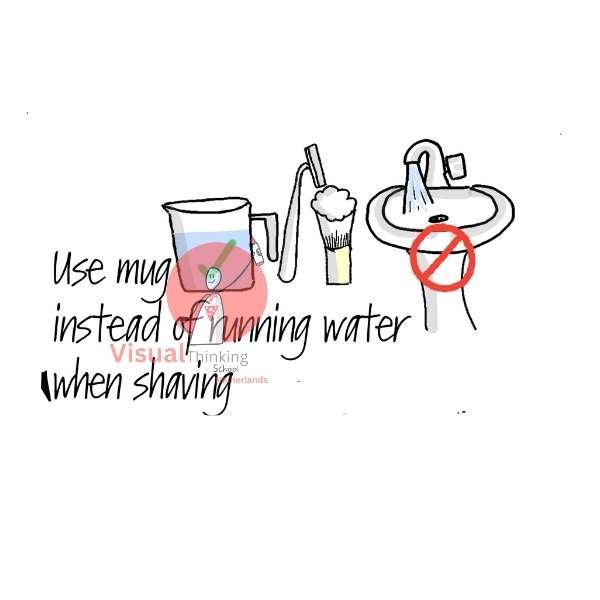
When shaving, many people leave the tap running, wasting gallons of water. By using a mug filled with water, you can save a substantial amount of water.

Leaky taps and flush tanks are a common source of water wastage. A single drip per second can waste over 3,000 gallons of water per year.
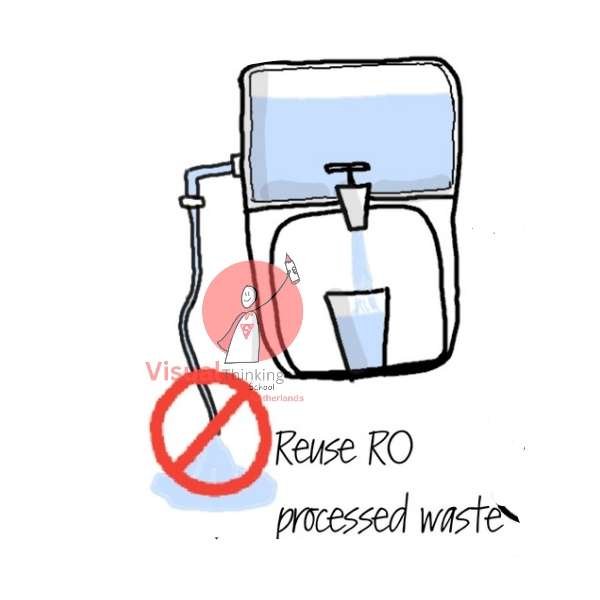
Reverse osmosis (RO) systems produce a significant amount of wastewater. Instead of letting it go down the drain, reuse this water for other purposes.
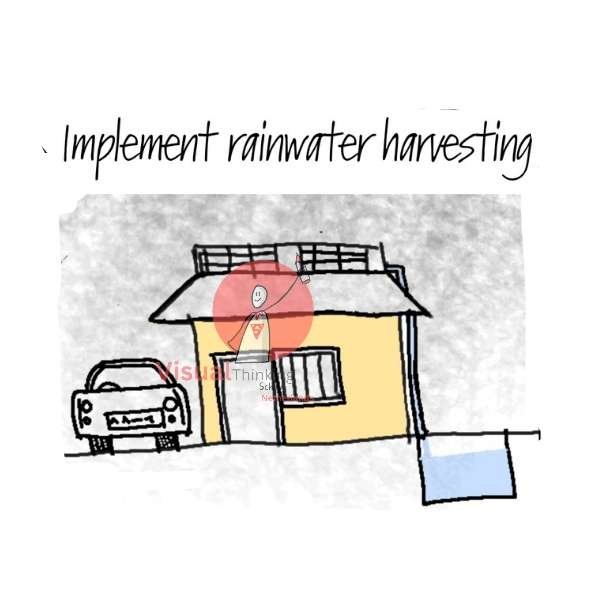
Rainwater harvesting involves collecting and storing rainwater for later use. This is an excellent way to supplement your water supply and reduce dependency on municipal water.
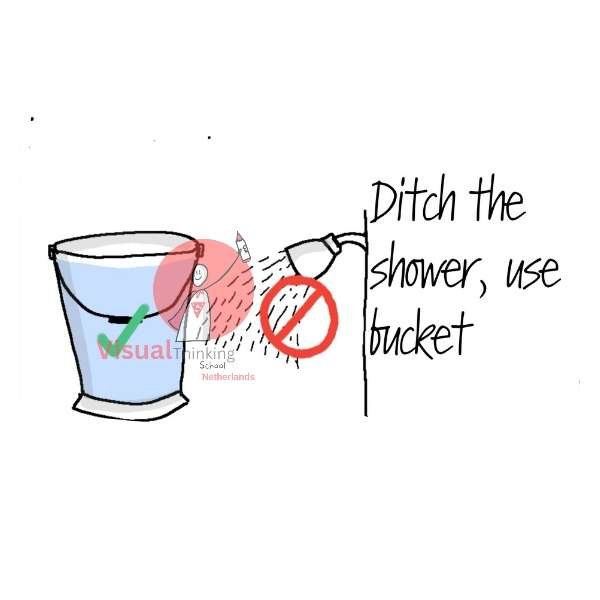
Taking a bucket bath instead of a shower can save a significant amount of water. This method allows you to control exactly how much water you use.
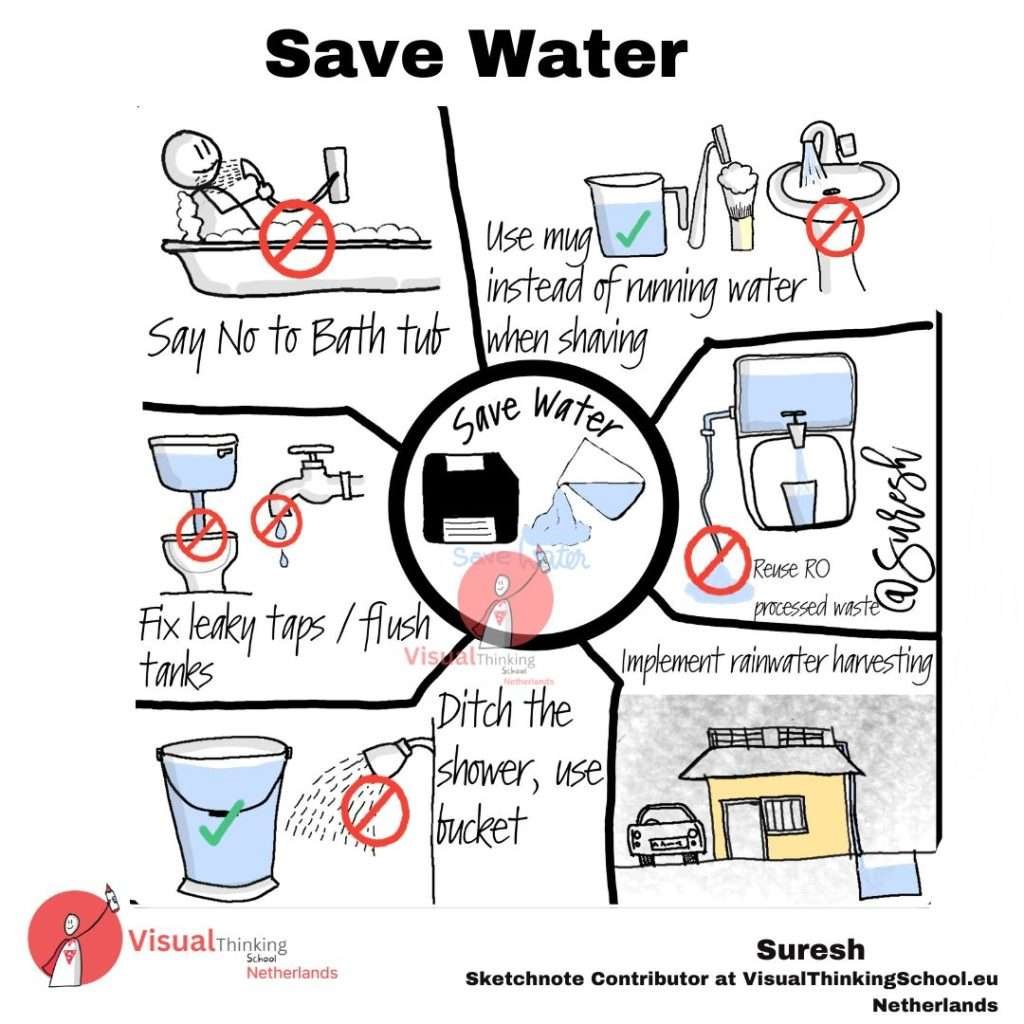
Water conservation is crucial for sustaining our environment and ensuring that future generations have access to clean water. By incorporating these simple yet effective tips into our daily routines, we can make a significant difference. Each drop saved contributes to a larger effort of preserving our planet’s most vital resource. Let’s commit to these practices and inspire others to join us in saving water.
We conduct online and in-person certification trainings on our Trade Marked Training on Business Sketchnotes ™.
We have an open challenge in our trainings : If you can not draw after our 9 hours of trainings, we will close our trainings FOR EVER !! ..and we are still waiting for that one person even after training more than 38000 professionals.
You can also join our whatsapp community to learn from those who have attended our trainings

We trained more than 38000 professional and gave corporate trainings in more than 65+ top notch companies

Check Our Trainings